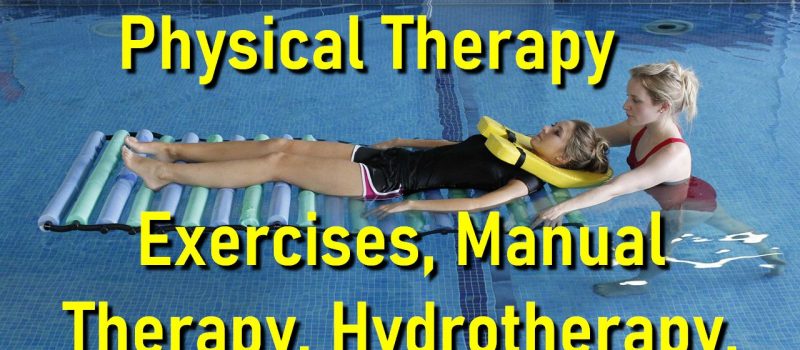If you are just from major surgery. Or maybe from your annual checkup with the family doctor. In their final assessment, they suggest that you enroll for some physical therapy for some form of injury or illness. So, what is physical therapy and what are its various forms? For a more in-depth read on the various forms of physical therapy, check out https://www.fortleept.com/
Physical therapy can be defined as the medical treatment and care of a disease or injury by the use of physical methods and care. The key goals of physical therapy are to assist the patient in moving and functioning better physically as well as relieve the pain due to the disuse of certain muscles.
Manual Therapy
This form of physical therapy does not make use of machinery or devices to assist the patient to regain the proper functioning of their bodies. This therapy is delivered using the hands. The practitioners of manual therapy focus on putting pressure (in small increments) on tissue and muscles while rotating the joints. Such manipulations seek to reduce the muscle tension and pain that has built up in that particular area and break down the possible scar tissue as well.
Out of the various disciplines of manual therapy, it is one of the less known ones. Many of the assessments and diagnosis done by manual therapists start with them testing a patient’s range of motion. Other forms of physical therapy may make use of lab imaging and test. Therefore, insurance companies may be a bit skeptical about their reimbursement of their clients when it comes to manual therapy. But this does not in any way cast aspersions on the quality of work and treatment that can be availed by a certified and licensed manual therapist.
Hydrotherapy
Also known as aquatic therapy and hydrotherapy are therapeutic and rehabilitation exercises performed in a pool or an aquatic surrounding with the aim of assisting a patient in regaining full use of their muscles, joints, or nervous system. It is becoming a more known and recommended form of treatment for patients with past orthopedic and neurological conditions.
As with other forms of physical therapy, the aim of aquatic therapy revolves around improving flexibility and coordination of the patient, reducing the pain related to certain movements, building strength and muscle power, and improving locomotion.
What makes hydrotherapy such a game change are the physical attributes of water. Unlike other forms of matter, water differs in mass, density, refraction, surface tension, and the list goes on and on. The attributes which assist a patient in their therapy are upthrust (buoyancy) and hydrostatic pressure. Together, they give the feeling of weightlessness. They allow the patient to go about the stretches and exercises in a slow manner, reducing significantly the risk of getting re-injured or feeling of any pain.
The professional you need to engage
Whether be it aquatic therapy, manual therapy, or hydrotherapy, you need to engage a regulated, licensed and certified medical practitioner/ physical therapist who can provide you the proper exercises. A professional has a duty of care to their patients, and with the information from your medical history, the therapist can recommend the best exercises.

